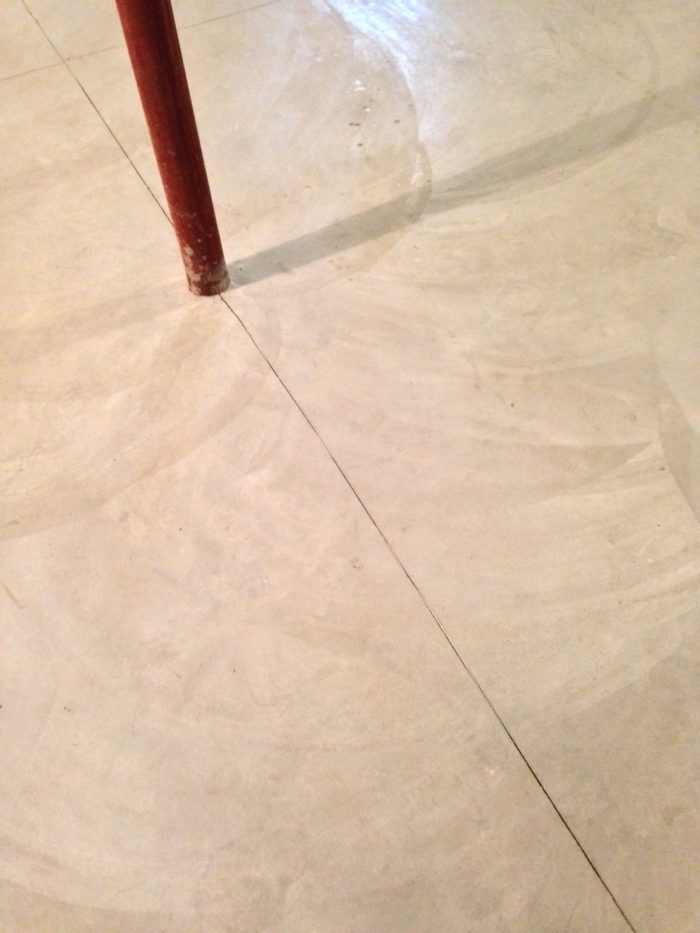
Rob Rosen is diving into a basement remodel, a job that involves digging out and removing a concrete slab to provide more headroom so the basement can be turned into usable living space.
He’ll reinforce the footing and foundation as needed, but when it comes time to build a new floor for the basement, Rosen wonders whether he can go with something other than a concrete slab.
“I would love input from someone who has put a vapor/water barrier, some foam insulation between 2×4 sleepers and then used some form of wood flooring that would work for higher humidity situations,” Rosen writes in a Q&A post at Green Building Advisor.
There’s nothing that Rosen can find in the Washington State building code that would prevent him from trying it.
“Concrete is soooo not environmentally correct if not necessary,” he writes.
Can Rosen swap wood for concrete and still get a durable, structurally sound basement floor? That’s the issue in this Q&A Spotlight.
Stopping the migration of moisture from the ground is key
Keeping ground moisture out of the basement is important, but it is the rigid foam insulation and the vapor barrier that actually do the work, not the concrete, says GBA senior editor Martin Holladay. In general, Holladay writes, the rigid foam goes down first, followed by the vapor barrier. “Above the polyethylene, the finish materials are up to you,” he says, “and and your local code inspector, of course.” [Editor’s note: As pointed out by Mark F. in Comment #5 below, a basement slab often has a structural function: It prevents the foundation walls from being forced inward by soil pressure. GBA readers should consult an engineer before omitting a basement slab.]
In terms of durability and cost, Holladay favors concrete,…
Weekly Newsletter
Get building science and energy efficiency advice, plus special offers, in your inbox.

This article is only available to GBA Prime Members
Sign up for a free trial and get instant access to this article as well as GBA’s complete library of premium articles and construction details.
Start Free TrialAlready a member? Log in





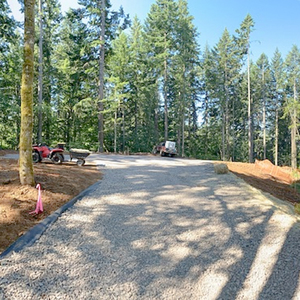
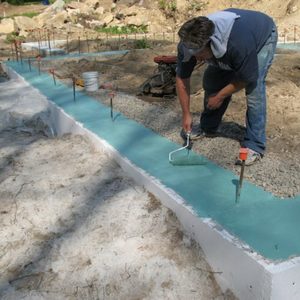
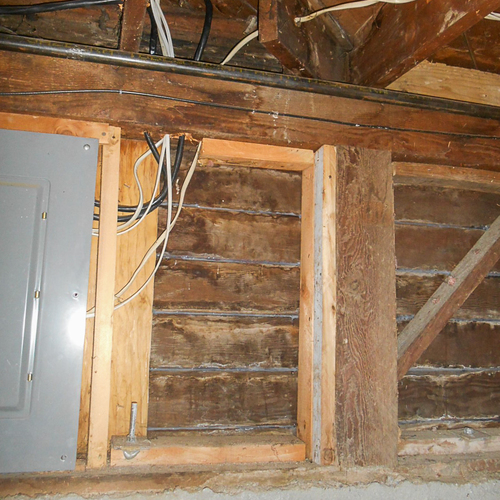
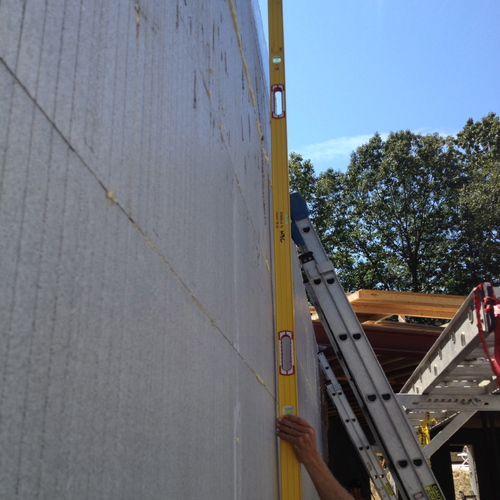






22 Comments
am i reading this wrong ???
Why would anyone on this website assume to install a basement floor layer without insulation under it ?
I thought exactly of this about a year ago after reading some threads here on the Q&A, but i can't recall what exactly was the topic ...
About why we are still using concrete as basement floor only to get it covered afterwards.
Let's assume that we should not be pulling a basement floor on less than 2" of rigid insulation,
why would you care about ground moisture management if you have already installed 2" or more
+ a suitable air/water barrier such as plastic poly , on the grave base ???
I would surely be scared of using a wood base on a retrofit with a wrong footing height Vs water levels, but on a new construction with a properly designed height setting and good drains ...
and some of the $$$ spent on the unecessary concrete could be used toward a thicker insulation
base
I will personally try to analyse this possible arrangement in all my future projects,
unless someone can provide a reason not to .
Polycore looks very interesting but what about bulk water?
Anyone have any experience with polycore? It looks very interesting but it's not clear how it deals, if at all, with bulk water.
Code Considerations
I'm not that familiar with your code, but doesn't it have some concerns with restraining the bottom of foundation walls? What does this in the absence of a slab?
sandwich the poly between layers of rigid.
Is there anything wrong with sandwiching the poly between layers of rigid foam to protect it? This would apply to under slabs as well.
Floor system
Per IRC, basement floor system must restrain inward wall pressure unless the wall pinned at the base and also helps resist rotation of the wall. Good luck.
Artifcial Flooring?
How would tongue and groove "boards" of a composite deck flooring such as Trexx, etc., work in the basement? Probably laid directly over a vapor barrier over rigid insulation?
reply to Robert Swinburne
The reason poly should be above the insulation is so that the poly acts as a "slip sheet", allowing the concrete to slide as it cures. I believe the American Concrete Institute says so.
The poly goes on top because a vapour barrier needs to be on the warm side of the insulation. The insulation boards resist water on their own.
KTIm,
It doesn't matter whether the poly is on the warm or cold side of the sub-slab foam. The poly goes above the insulation to stop bleed water from accumulating, which can take literally years to dry.
https://www.greenbuildingadvisor.com/article/polyethylene-under-concrete-slabs
Malcolm, that article literally says to put the poly right below the concrete. From my training it goes on the warm side due to condensation being able to dry upwards...same as bleed water. Takes time but it happens. Under the insulation, not so much because now it's colder.
KTim,
Yes the article says to put it directly under the slab for the reason I cited, not because of which is the warmer side.
The vapour drive is from the soil below. It doesn't matter if you stop it under the insulation or under the slab.
ThermaSteel by LeeCor Systems
This project could utilize the ThermaSteel panels from LeeCor Systems for the floor application. These are typically used for foundation walls, suspended slabs as well as the traditional SIP applications. It's a great way to quickly install these portions of the project with air/vapor barriers and eliminate thermal bridging issues. We have used these for deep energy retrofits in St. Louis with great success.
Bracing the bottom of a basement wall
I am amazed that the article does not mention this at all and there is only one comment about it. The basement floor slab, or other suitable structure, is required to prevent the walls from sliding in just like the floor framing above and the sill anchors. Typical basement walls are not designed to work without both of these and by the time you redesigned and reinforced them to work, it would probably be far less costly to just put the concrete slab in. The original question also said they were lowering for floor which means the base of the wall and footing may have even less required bracing than it did originally. As an engineer, I get this question quite often and while anything can be engineered to work, within reason, sometimes you just have to look at why we have been putting in those concrete slabs for all these years. Put in the insulation, add some pex tubing, place the concrete and enjoy your new floor without having to worry about it. By the way, lowering the floor slab makes the wall taller and therefore subject to higher stresses, cracking and failure.
Restraint, etc
I have built 2 portions of this house using PWF (permanent wood foundation) techniques and most of what is posted previously I would agree with. On the need for the floor to restrain the walls from being pushed inward by soil pressure, a PWF wooden floor needs to be designed to support that aspect. Depending on the soil and conditions, that pressure can be pretty significant. The floor joists need to be firmly against the foundation walls and as continuous as possible across the floor area to handle the stress. In addition, blocking is definitely needed to prevent the joists from twisting from the force from the walls. Realize the force is greater in the center of a long wall. A plywood floor has to be well attached to the joists to support the joists and also prevent the joists from bowing from the wall force.
The gravel base should be well compacted and as thick as possible, at LEAST 4" with the excavation sloping to drainage points. I put in drain tile across the floor to help ensure any water stays near the soil interface. I would actually skip the cement piers as they can be a conduit for moisture into the floor structure. If the gravel is well compacted, sleepers under the joists laid across the gravel and foam seem to do fine and can minimize the span for the joists (but they are actually limited by the wall forces if I remember correctly). A nice thing about this method of making a floor in a retrofit situation is getting the material down there, particularly if the site makes it tough to get a cement truck chute in place).
But be sure that the drainage is excellent! Water will find a way past the poly even though the poly is good for water vapor. Once you get water ON the poly it will stay for a LONG time.
Good luck!
Like a crawlspace
Wouldn't the end result of using a wood joist flooring system in lieu of a concrete flooring system be essentially the same as comparing a slab on grade to a crawl space (without much space below it)?
sleepers
Terry stated " If the gravel is well compacted, sleepers under the joists laid across the gravel and foam seem to do fine and can minimize the span for the joists" Can you clarify? Did you place the gravel bed over the foam and then the sleepers on the gravel bed?
Jason, i guess that would be called a no-crawl space?
I, too am interested in reducing concrete content of buildings, and don't see why a crawlspace without a slab is possible but a wood floor replacing a slab on grade isn't.
Response to Ethan T
Ethan,
The answer has to do with the height of the walls. The forces being resisted by a basement slab are greater than those being resisted by a crawl space slab (assuming the crawl space has a slab), because the basement walls are taller.
-- Martin Holladay
My guess is that just a
My guess is that just a footing provides enough resistance to the greater lateral force at depth to make the middle of the wall the failure point. But I'm not a structural engineer.
What about an Advantec Floor, as suggestd in the JLC article...
"A Basement Floor Without Concrete" With the right prep work, a double layer of OSB might be better than a slab
By Steve Baczek, Steve Demetrick
http://www.jlconline.com/how-to/foundations/a-basement-floor-without-concrete_o
Polyethylene failure
"But be sure that the drainage is excellent! Water will find a way past the poly even though the poly is good for water vapor. Once you get water ON the poly it will stay for a LONG time." Thank you, Terry, for raising this issue that NOBODY seems to address. Is it not true that poly simply will not effectively do the job with which it is tasked in the real world? How could it be otherwise. It seems nevertheless important for builders, architects, and all other key industry stakeholders to ignore real-world conditions and pretend that it delivers effective results on an impossible task; in fact, it makes things worse since water that invariably ends up nearby stays "for a LONG time". Or am I off base here; to be sure, I'm simply a homestead owner in the midst of a gut rehab (my first) concerned about optimizing living conditions in this process and forgoing fossil-fuel-based materials (my bias).
I wouldn't have thought about the type of floor the basement was, would effect the resale value. I'm also checking out the Polycore Canada that looks interesting. https://www.rentonconcretepros.com/foundations.html
Log in or become a member to post a comment.
Sign up Log in